Currently, the technology industry is flooded with numerous programming languages. New languages are continually emerging, while some older ones continue to thrive due to their unique qualities that withstand the test of time. Additionally, some languages have remained inactive for a while but are now making a strong comeback. Whether you are a beginner starting a career in software development, an experienced professional, or anyone associated with the IT industry, particularly software development, it is essential to have comprehensive knowledge of these languages. We have gathered some of the best coding languages for you to learn and understand in 2024, enhancing your information and giving you insight into leading programming languages.
1. Python

Python is leading the industry with its capabilities. It has become the essential programming language to hunt for a better opportunity. The reason behind the popularity of Python is that it’s easy to understand, especially for beginners; they can easily learn the language with the least amount of time. Python holds the best features that any programming language can possess. With its simple-to-use methods, developers don’t need any extensions or tools to do any kind of programming. Python is mostly used in machine learning and data analytics projects. Python’s capabilities as an all-purpose language and the creation of cutting-edge technology make it a perfect choice for developers.
2. JavaScript
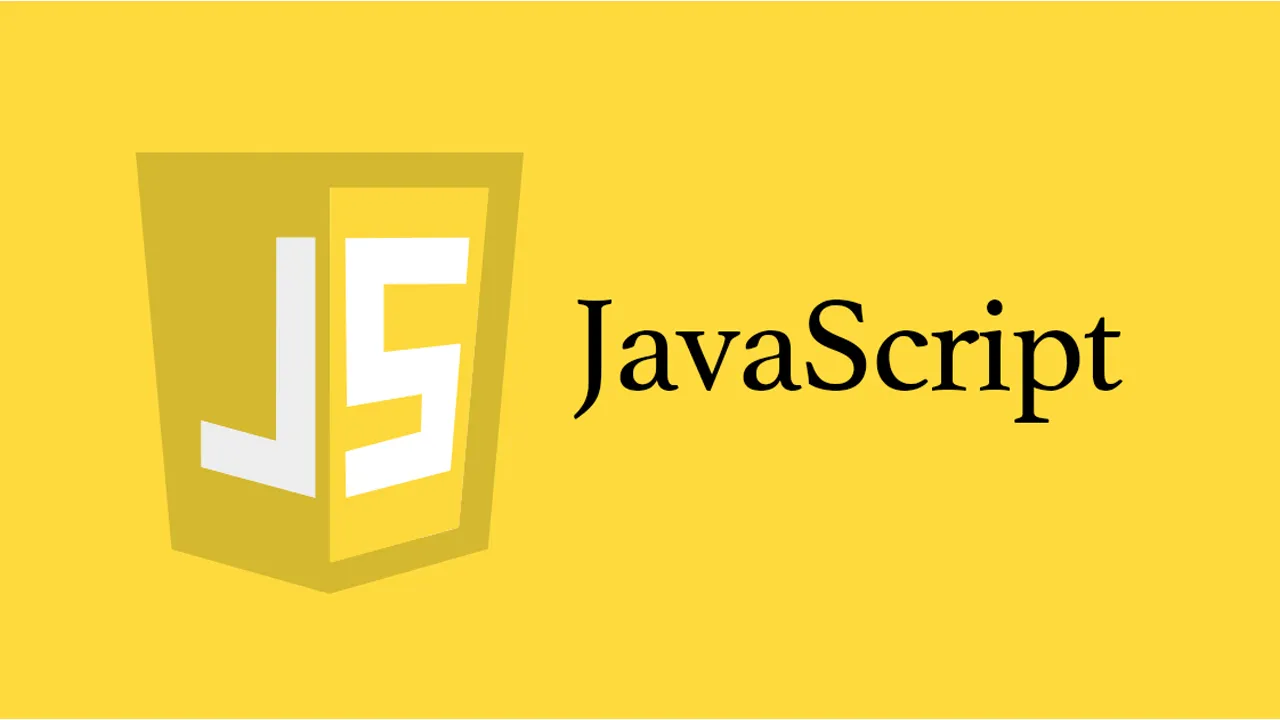
JavaScript holds the leading position among the most popular programming languages used today. It is extensively utilized in front-end development, making it an ideal choice for creating user interfaces. JavaScript plays a vital role in web development by governing the behind-the-scenes functionality when users interact with websites through clicks or taps.
In today’s world, where digital devices with screens are omnipresent, the importance of user-friendly, efficient, and intuitive user interfaces facilitated by JavaScript cannot be overstated. This makes JavaScript highly coveted in every industry, as it greatly enhances user experiences. Furthermore, JavaScript also supports back-end development, adding to its versatility. As a result, JavaScript development ranks among the highest-paid jobs globally.
3. PHP
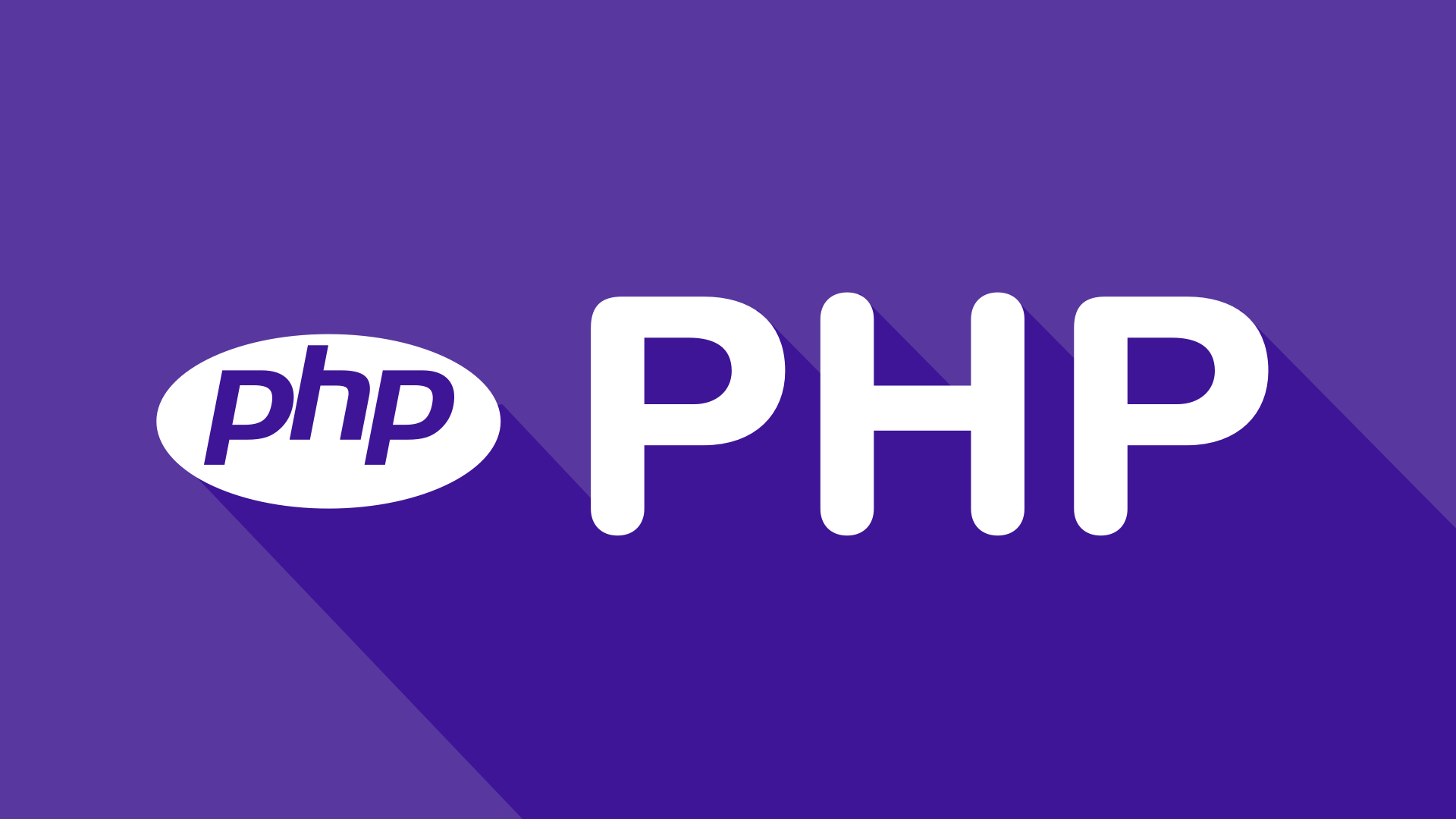
PHP has undergone significant improvements over the years, addressing inconsistencies that existed in its built-in library. These standardizations and additions have transformed PHP into a highly valuable programming language for web development. It is now a versatile tool that can be utilized alongside different web templates and frameworks, or even embedded within HTML code.
One notable milestone in PHP’s evolution was the incorporation of object-oriented programming capability with the release of PHP3. This addition greatly streamlined the work of programmers, making it easier for them to utilize PHP in their projects effectively.
4. C#
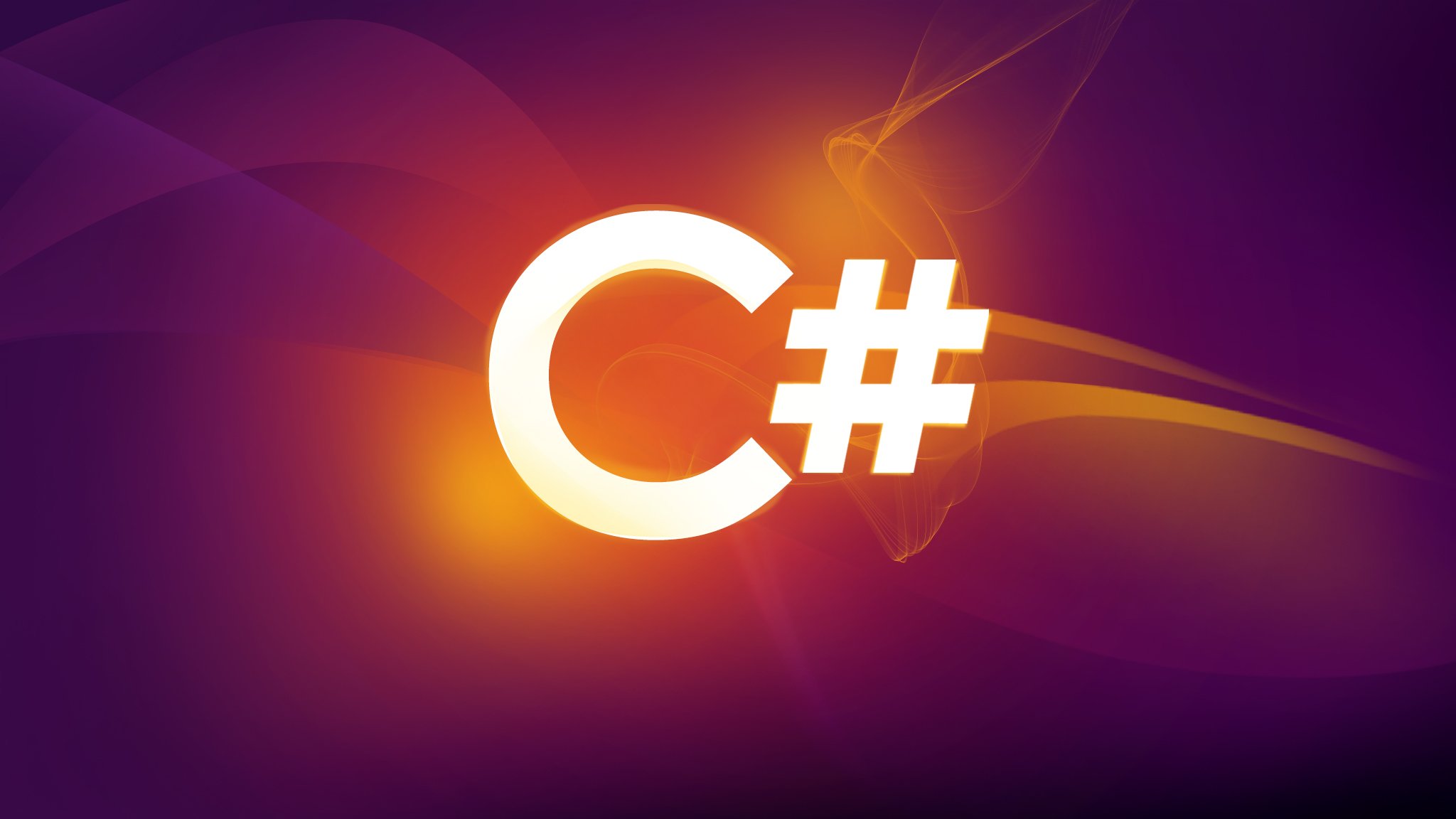
C# is a language developed by Microsoft for the .NET framework and is commonly referred to as ‘C Sharp’. It is a multi-paradigm and object-oriented language that offers flexibility and robustness for general-purpose coding. With its support for declarative attributes, C# enables component-oriented programming and finds extensive usage in web development.
Interestingly, C# has also served as an inspiration for Apple’s creation of the Swift language. Swift was designed as a replacement for Java and is primarily used for coding Apple iOS applications in conjunction with Xamarin, a platform known for its cross-platform capabilities. C# incorporates proper versioning mechanisms, ensuring the smooth evolution of its library over time without causing disruptions.
5. Java

Java is undoubtedly one of the technology industry’s most widely utilized programming languages. As an object-oriented programming language, it offers a range of self-contained features contributing to its popularity. Over the past two decades, Java has withstood the test of time, consistently proving itself as an indispensable language.
One of Java’s notable strengths lies in its cross-platform compatibility, allowing developers to write code that can run on different operating systems without modifications. This feature has greatly contributed to Java’s widespread adoption. Additionally, Java is the fundamental language for developing Android applications, further solidifying its significance in the programming world.
With the surge in mobile development, Java has solidified its position as one of the most commonly employed programming languages. Its wide-ranging applications make it an excellent choice for back-end purposes in software development projects.
6. C++

C++ is a widely used programming language renowned for its versatility and general-purpose capabilities. While it may be considered an older language, it has experienced a significant resurgence in popularity, particularly with the rise of smartphone usage.
Originally intended as an extension of the C programming language, C++ incorporates numerous advanced features and functionalities. Its flexibility and power led to its emergence as a separate language suitable for various applications. C++ finds extensive use in developing user interfaces and creating video games due to its robustness and performance.
Notably, C++ serves as the foundation for the software systems of major corporations such as Microsoft, which relies on it for its Windows operating system, and Google, which utilizes it to develop its Chrome browser. This demonstrates the enduring significance and widespread adoption of C++ in the technology industry.
7. Swift
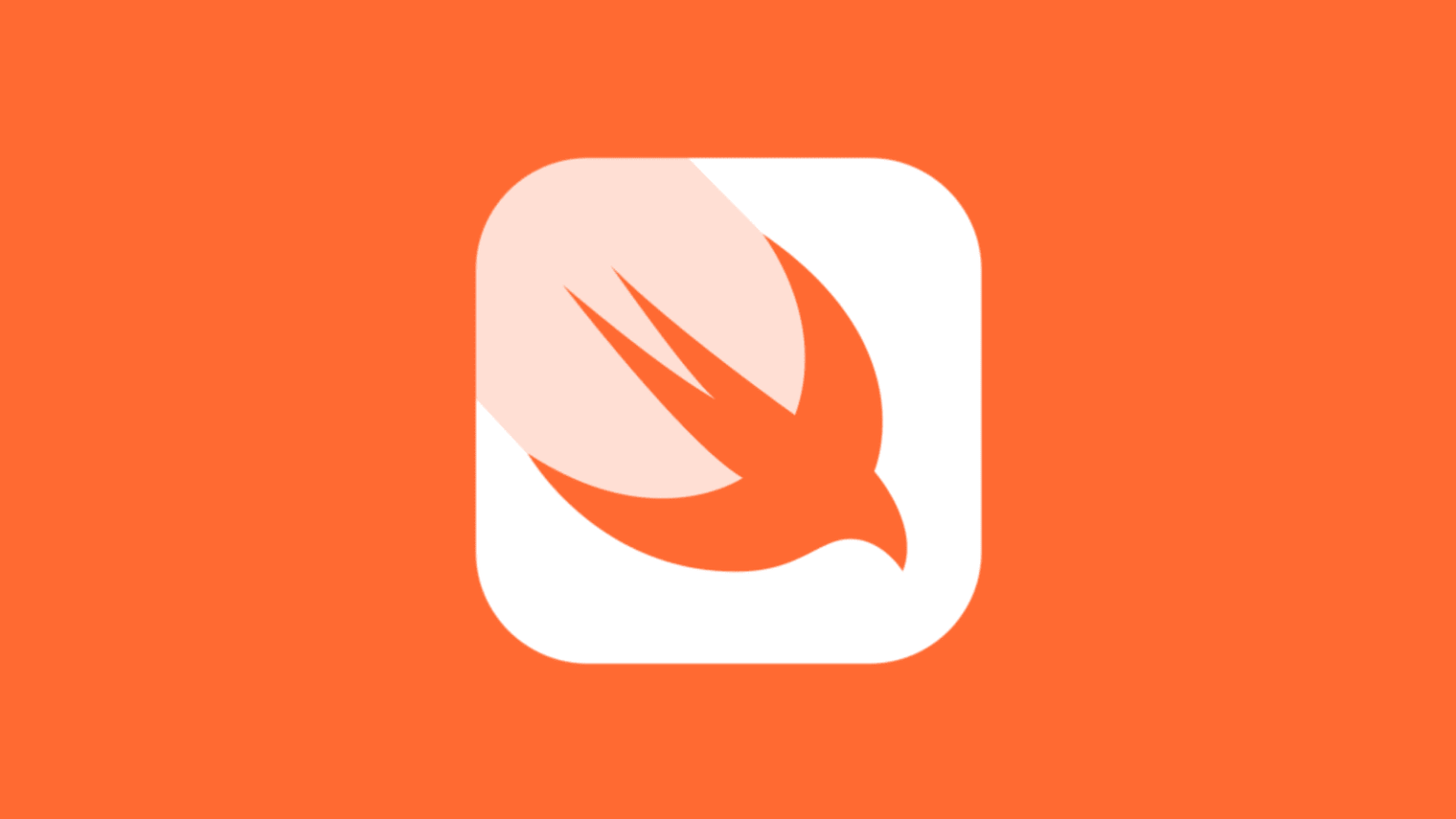
Swift, a relatively recent programming language, has quickly garnered popularity, particularly in the realm of Apple app development. It significantly improved over Objective-C, which was previously used for developing Apple applications. Swift addresses various challenges developers face when working with Objective-C, offering enhanced usability and efficiency.
Swift is a compiled coding tool that seamlessly integrates with Cocoa and Cocoa Touch frameworks. These frameworks facilitate the development of applications for macOS and iOS, respectively. By leveraging Swift, developers can create robust, high-performing apps for Apple devices.
In a recent development, Apple introduced Swift UI, a revolutionary addition to the language. Swift UI enables developers to design user interfaces using a declarative structure, simplifying the process of creating visually appealing interfaces across multiple platforms.
Swift has quickly gained traction within the Apple development community, offering a modern and efficient language for building applications across various Apple devices. Its continuous evolution and advancements ensure its relevance in the rapidly evolving software development landscape.
8. C
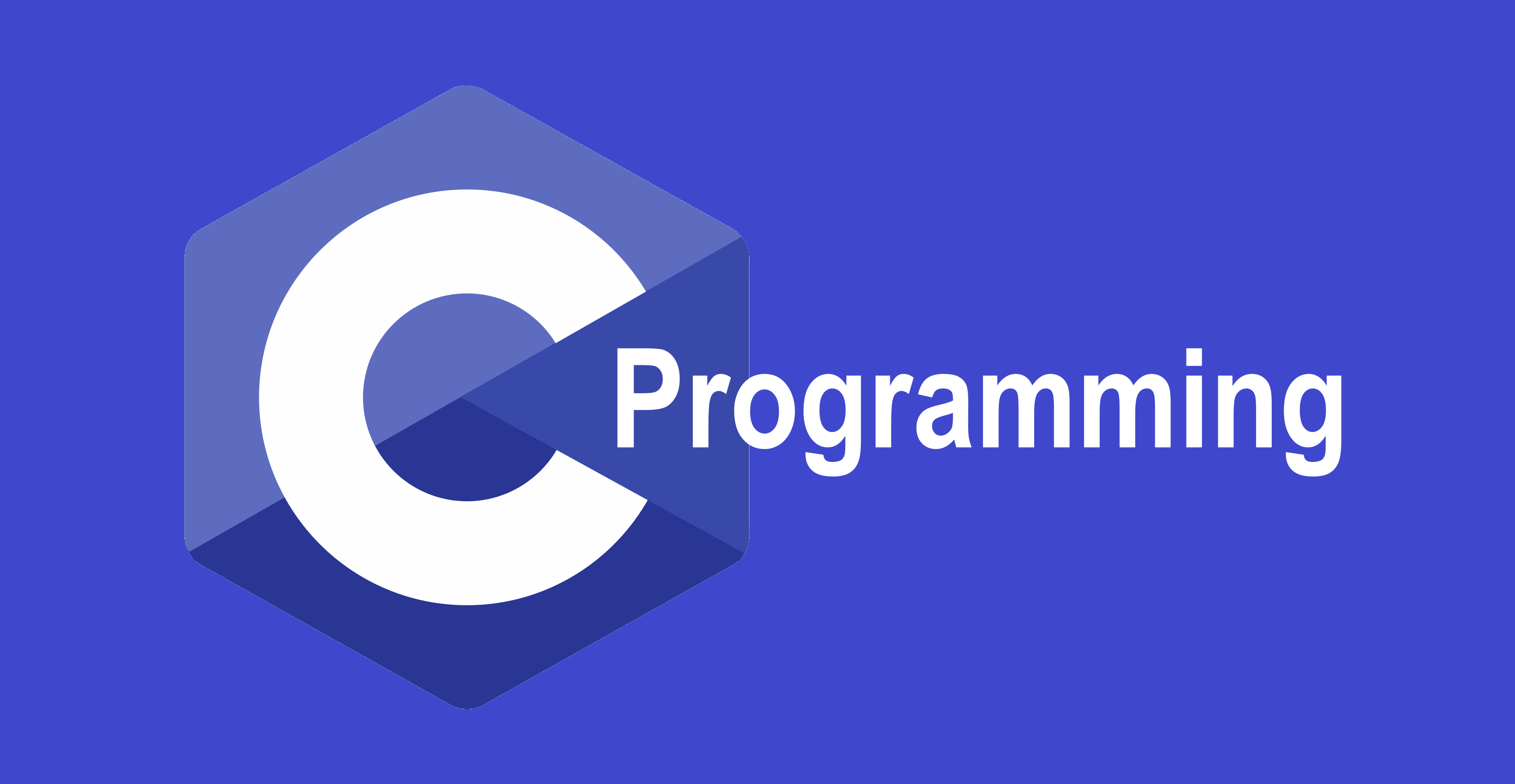
Despite being one of the oldest, C holds a significant and well-deserved position among commonly used programming languages. It is a powerful tool that finds applications in various domains, supporting structured programming. Its versatility allows it to be used in diverse applications and industries.
While C still maintains its relevance, it often occupies a lower position on the list due to the emergence of its offspring, such as Java, C#, and C++. These languages have either been built upon C or borrowed extensively from its syntax and features. They incorporate additional functionalities and abstractions catering to specific programming needs, contributing to widespread adoption.
It is important to note that C’s presence in the list is not diminished due to lack of importance but reflects the continuous advancements and expansions in the programming world. C has laid a solid foundation for these subsequent languages, playing a pivotal role in their development and influencing the programming landscape as a whole.
9. TypeScript
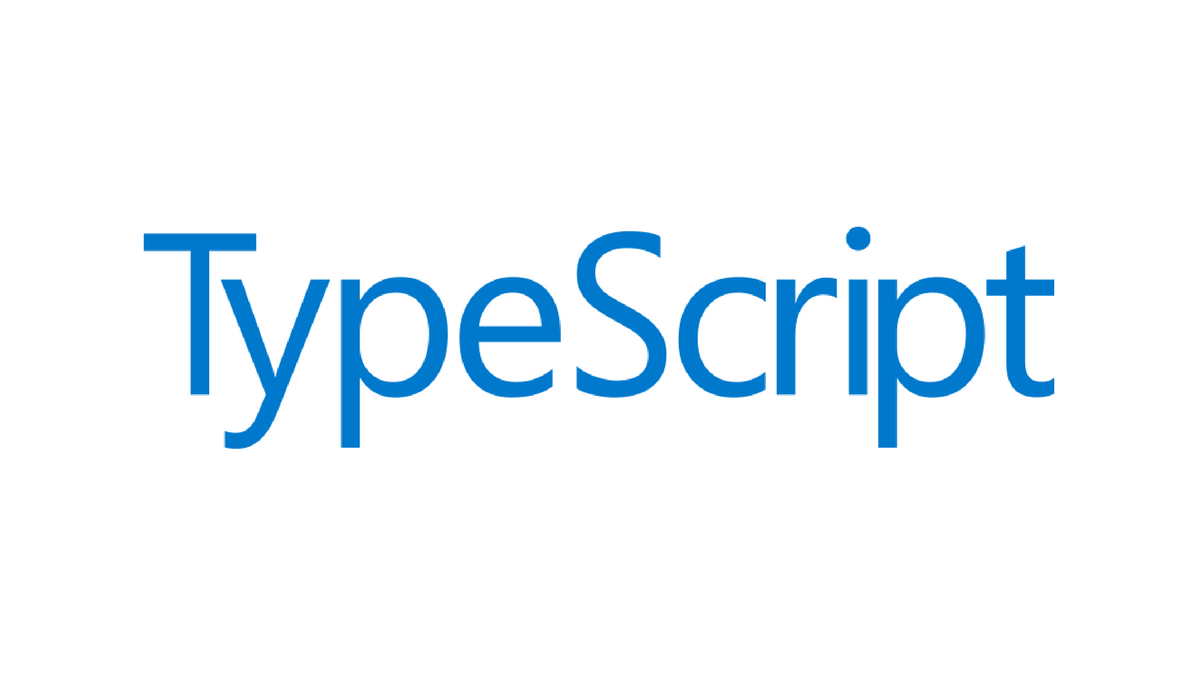
TypeScript, an open-source language created by Microsoft, has gained recognition as one of the top languages for web development. It shares similarities with JavaScript but is tailored for large-scale projects. TypeScript can be seen as an extension of JavaScript (ECMAScript), offering additional features and syntactical enhancements.
One of its notable advantages is that any JavaScript code is also valid TypeScript, allowing for easy integration and reuse of existing JavaScript assets. TypeScript compiles clean and readable JavaScript code, making it compatible with various JavaScript frameworks and libraries. This versatility has contributed to its growing popularity among web developers.
10. Ruby

Matsumoto, hailing from Japan, is the mind behind Ruby, an elevated programming language. His aim was to infuse enjoyment and productivity into programming, prioritizing human convenience over computer demands. This ethos birthed Ruby, a user-friendly tool perfect for beginners. It stands as an object-oriented, dynamically typed language, where every value is an object. Prominent platforms such as SoundCloud and GitHub rely on Ruby on Rails, a significant framework rooted in Ruby’s foundations.









